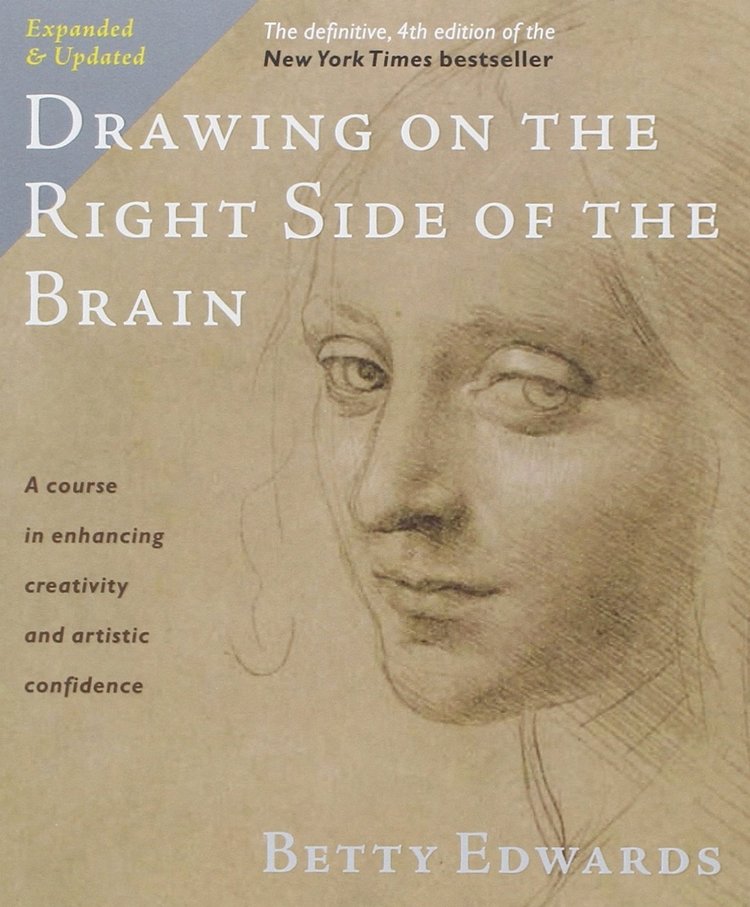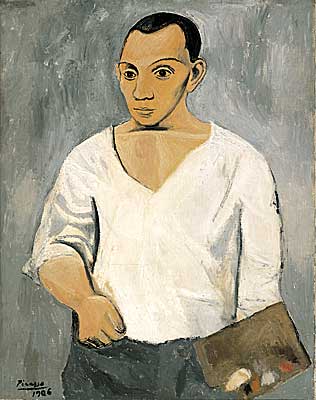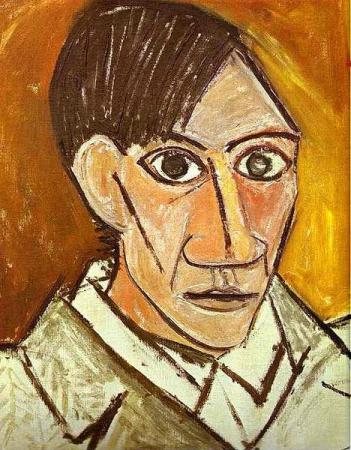In our five-day Drawing on the Right Side of the Brain® workshops, our students produce drawings of subject matter that is usually considered to be among the most difficult of all of the enormous range of subject matter available for teaching drawing skills. Our teaching subjects include:
- A drawing of one’s own hand
- A chair in perspective
- A landscape or interior view of a room or building
- A profile portrait of a fellow student
- A self-portrait
We do not do this to torture our students. Drawing is always the same task, always requiring the same basic skills, just as reading is always the same task, no matter what the reading material might be. Therefore, we might as well go for the satisfaction of drawing the “hard stuff” as opposed to the “easy stuff,” such as a potted plant or a simple still life.
The purpose—and the advantage—of using difficult subject matter is that it encourages accurate perceptions and provides valuable feedback to the person doing the drawing. Misperceptions will show up instantly in a portrait, whereas misperceptions of daisies in a vase, for example, will not be apparent, nor will anyone care. Our second motivation comes from the thinking of American psychologist Abraham Maslow (1908-1970) who said that the greatest satisfaction comes from learning to do something really difficult. Once our students have acquired and practiced basic drawing skills, our hope is that over time they will expand their personal styles of expressive drawing.
The following is a supreme example of superb early realism and expansion into myriad styles: A series of self-portraits by Picasso.
Pablo Picasso (October 25, 1881 to April 8, 1973) grew up as an artist trained in the classical tradition who went on to become perhaps the most innovative painter of the 20th century. He was christened Pablo Diego José Francisco de Paula Juan Nepomuceno María de los Remedios Cipriano de la Santísima Trinidad Ruiz y Picasso, but became known worldwide by the single name “Picasso.” Born in Spain, he lived most of his adult life in France. His work spanned over seven decades and thousands of artworks. Throughout his long career, Picasso often used self-portraits to depict himself in the many different guises, disguises, and incarnations of his autobiographical artistic persona. The range of styles of these self-portraits over a lifetime, from realism to abstraction, is astonishing.

















